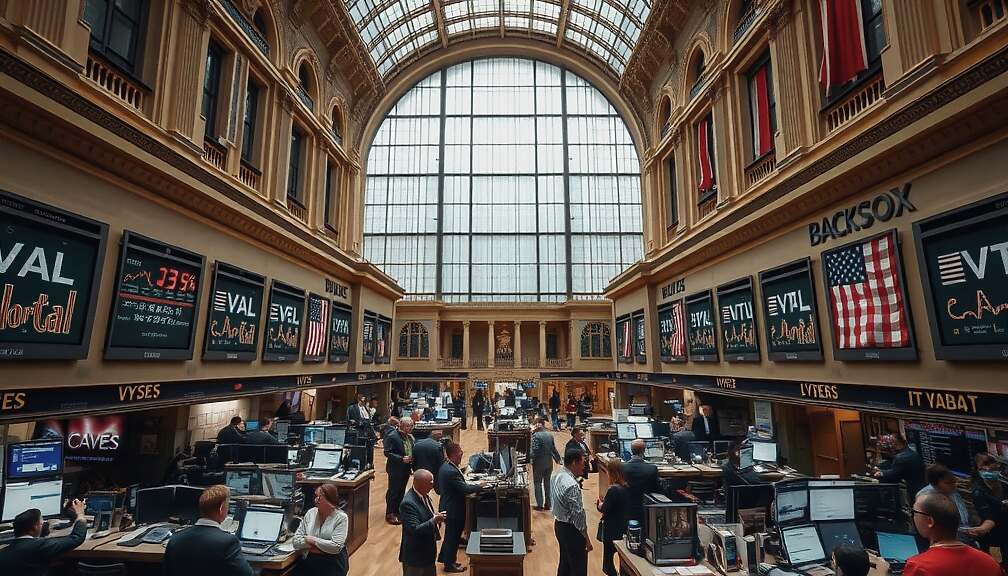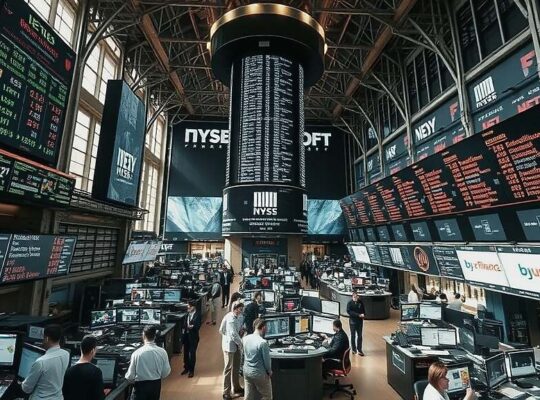The German stock market demonstrated resilience Thursday, with the DAX index closing significantly higher despite persistent headwinds. Reaching approximately 23,370 points by midday, the DAX registered gains of 0.9% compared to the previous day’s closing level, reflecting a cautiously optimistic investor sentiment. Siemens Energy, Rheinmetall and RWE led the gains, while Adidas, Volkswagen and BASF lagged behind.
However, the market’s performance illuminates a deeper disconnect between the hype surrounding artificial intelligence and the actual performance of established German corporations. As noted by market analyst Andreas Lipkow, “Investors are increasingly finding it difficult to transfer the AI euphoria to German standard values”. This revelation highlights a potential overvaluation of AI-driven narratives and a questioning of the extent to which these trends translate to tangible profits for traditional industrial players.
The upward movement, while encouraging, is tempered by concerns surrounding the anticipated economic recovery. Lipkow underscored the prevailing uncertainty, stating, “With a look at the coming business year, market participants are increasingly asking themselves whether the recovery trade which has been anticipated for four years will finally unfold”. This sentiment reveals a lingering doubt about the sustainability of current growth and a recognition that the “recovery trade” – a well-anticipated boost to cyclical industries – may not materialize as predicted.
The Euro’s slight weakening against the US dollar, trading at $1.1519, further contributes to the nuanced economic picture. Simultaneously, the rise in Brent crude oil prices to $64.01 a barrel – a 0.8% increase – signals potential inflationary pressures and renewed geopolitical anxieties, casting a shadow even on the seemingly positive developments in the German market. The disconnect between AI enthusiasm and fundamental economic realities paints a complex picture, suggesting that while optimism persists, it requires careful calibration against a backdrop of uncertainty and potential vulnerabilities within the German economy.












